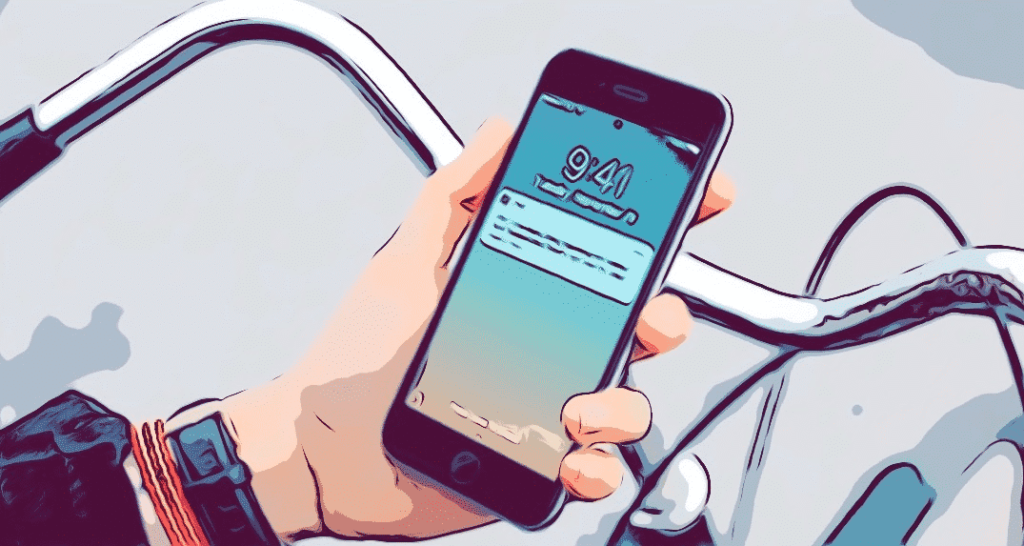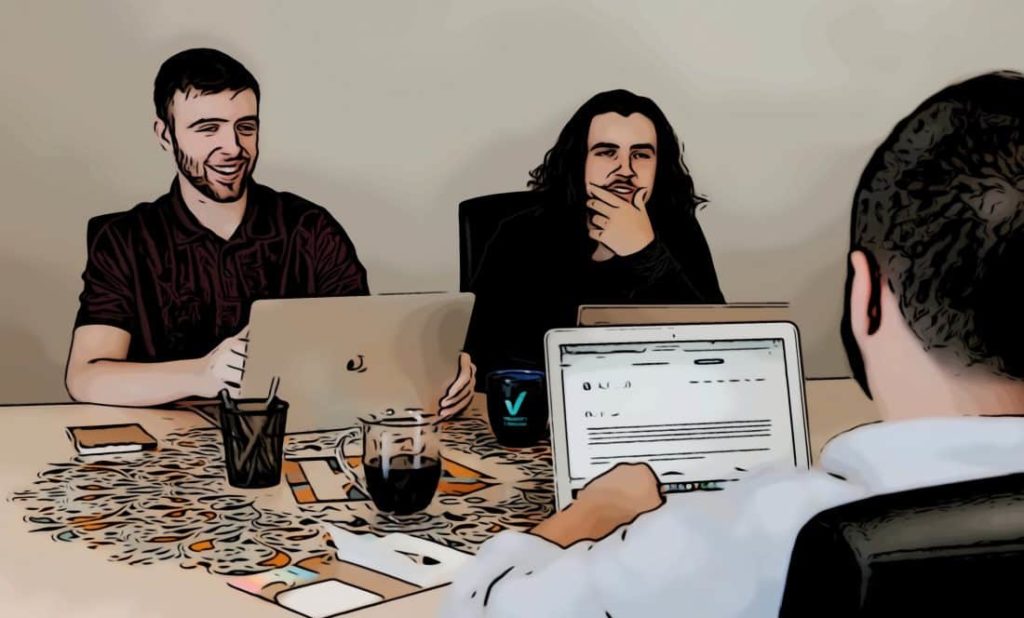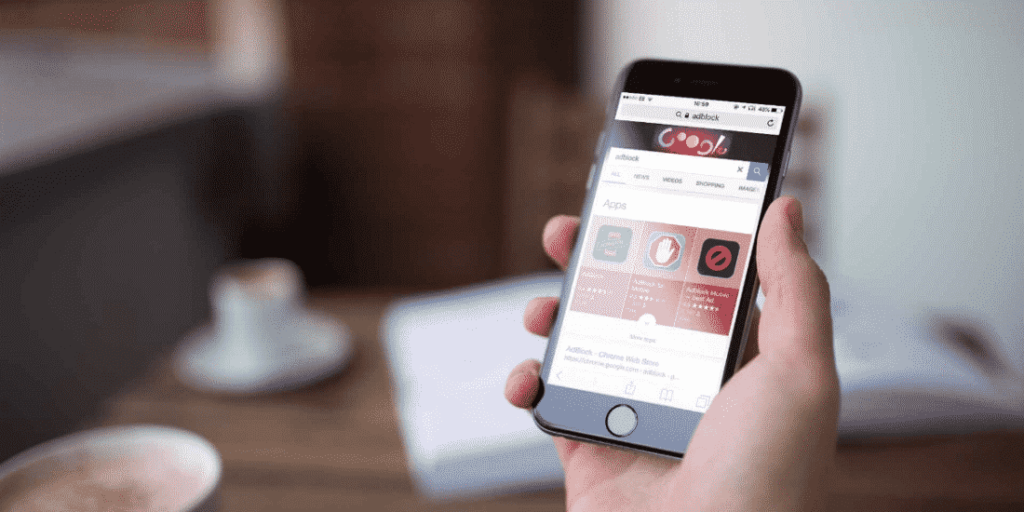There’s a difference between a satisfied customer and a loyal customer, says Shep Hyken, customer service expert.
These days, consumers are accustomed to being pampered and treated like royalty, which means you have to go out of your way to attract and keep them.
But what’s the X factor, the secret sauce that makes all the difference, and turns your happy customers into loyal ones?
The answer is pretty straightforward and a bit surprising – personalization.
This useful practice can make a world of difference when it comes to building brand loyalty and getting your customers to pick you over your competitors (even if they offer more for less.)
I know that sounds like an overstatement, but recent surveys corroborate my superlative; 75% of consumers are more likely to buy from a retailer who addresses them by their name, offers items based on their past purchases, or knows their purchase history – and packages this offer well.
Let’s discuss how personalization (powered by big data) can give you a competitive edge when it comes to creating unique customer experiences.
Table of Contents
What Is Customer Experience?
Before we delve into the topic of improving your customer experiences, it’s essential first to define this concept.
In layman’s terms, customer experience is the long-term impression your brand leaves on your customers. It results from all the interactions they have with your brand and products or services. So, every time a customer or a prospect interacts and engages with you, they asses and analyze whether their expectations have been met or surpassed, thus adding different nuances to their overall perception of your company.
These customer touchpoints can be your logo, social media posts, website content, graphic design, product offers, newsletters, purchases, or chats with your sales or customer service reps. Content marketing for smaller businesses is even more relevant than the others.
It’s more than evident that you have to deliver at all times if you want to keep a perfect score and win your customers over.
Go Big or Go Home
To personalize your customer experiences, you need to know as much as possible about your prospects, their issues, needs, and interests, and implement this knowledge into your marketing and sales strategies.
In other words, what you need is big data, that is, vast and diverse sets of data which you then also have to process, analyze, structure, and make sense of. This data can refer to information from Twitter feeds, explainer videos, webpages, video interviews, video editors, session recordings, mobile apps or audio recordings, among many other sources and formats.
A couple of years ago, it was virtually impossible to store and process such huge volumes of data, but today, the latest analytics tools allow you to handle these vast amounts of unstructured data and use them to get to know your customers better and tailor your offer to best fit their needs.
How to Collect Customer Data?
Although this seems like a difficult undertaking, in reality, approximately 70% of people are more than willing to share their personal information if this will improve their customer experience.
Although GDPR has introduced limitations when it comes to collecting and using personal and sensitive information, there are numerous effective methods to obtain these valuable insights and still comply with regulations.
- Incentivize your customers. It’s a good idea to offer your prospects a discount or additional features for free, in exchange for their first name, birthday, preferred communication channel, phone number, and list of products they’re interested in.
- Gate your valuable content. Show only a sneak peek of your most relevant content, such as e-books, reports or how-to guides, and allow your customers to download it after they sign up for your newsletter. This is a great tactic, and the fact that a prospect decides to leave their email address suggests that they’re genuinely interested in your content, which means they might be a good fit for your company. From there you just need a good email marketing solution like NotifyVisitors to deliver the content, as well as a robust content distribution strategy. If you don’t want to use the most popular tool sout there then check out some of the best Mailchimp alternatives to find the one that works best for your business.
- Implement chatbots. According to Gartner, by 2020, 85% of all customer service interactions will be powered by these smart algorithms without any human interference. Chatbots can provide 24/7 support, collect customer information, and obtain valuable feedback in a conversational manner. Such always available customer service will engage your prospects and improve their experiences with your brand – they won’t have to wait for their turn to talk to a human agent or your regular working hours to get an answer to their product-related questions. Chatbots never sleep, and they can serve several customers at the same time. Find out how to build a Facebook chatbot and take advantage today.
- Create surveys. Customer surveys are another easy and legal way of getting the information you need directly from your customers. Make them easy to fill and do take into consideration what you learn. People love to see some of their ideas implemented.
- Remember that consumer data can exist on your other channels. For example, let’s say that you have started a podcast. This is valuable customer data for your business as it can help you to learn more about your customer’s needs. Of course, you’ll need a podcast hosting service that supports the collection of listening data.
How to Make the Most of Customer Data?
Now that you’ve managed to gather relevant information on your prospects, it’s essential to put it to good use.
Successful personalization goes well beyond first name basis, so here’s what you can do with all the information you’ve got.
- Segment your email lists. If you are using email marketing (and you should because this somewhat traditional strategy boasts a 4,400% ROI), you need to segment and clean your email list based on different parameters and personalize your outreach to the fullest. Email analytics and marketing software like Moosend which is a great MailChimp alternative allows you to do just that. While it’s true that all your prospects are interested in your brand, they might not be interested in the same products or services. For example, if you’re offering a 50% discount for womenswear, your male recipients will consider an email with such a deal to be spam. The same goes for your Facebook and other ads. Targeting will be successful only if you hyper-personalize your offer. You can visit LiveAgent to learn more.
- Use product recommendations. Amazon generates 35% of its revenue through personalized customer recommendations. By offering your prospects items similar to those they have already bought or viewed, you’re increasing the odds that they’ll make a purchase. This tactic removes friction from the buyer’s journey and streamlines their search for the products they’re interested in.
- Speed up your checkout process. A complicated checkout process is one of the main culprits behind shopping cart abandonment. Namely, if your potential customers always have to provide their personal information when making a purchase and paying for the items they want to buy, they’ll be more likely to churn and leave without buying. But, if you ask for the information necessary for making a purchase only once and store it for speeding up the checkout process in future, you’ll improve their user experience and get them to make their purchasing decision faster.
- Tap into geotargeting. By using your customers’ location information, you can additionally personalize their experience. For example, Booking.com offers different currencies on their website, so their users can see how much a particular accommodation option costs in their local currency, thus adding to pricing transparency and preventing hidden expenses.
- Create a customer loyalty program. Your aim shouldn’t be to generate one-time sales alone. Loyal customers spend more money and take less time to make a purchasing decision. A customer loyalty program will result in recurring purchases, which will make it easier for you to predict your revenue. It’s a good idea to offer a reward, a discount, or a freebie after a predefined number of purchases. You can personalize the entire process additionally and introduce spending-based tiers so that, for example, customers who are your biggest spenders get the most valuable rewards.
Personalization is an indispensable sales and marketing tactic and a vital differentiator which helps you gain a competitive advantage over your competitors. Given that most markets are highly saturated and that your customers have a wide range of options to choose from, you have to reach out to them on a personal and meaningful level if you want to attract and keep them. That’s where personalization comes in to build loyalty and make your customers happy.
Michael Deane is one of the editors of Qeedle, a small business magazine. When not blogging (or working), he can usually be spotted on the track, doing his laps, or with his nose deep in the latest John Grisham.




Leave a Reply